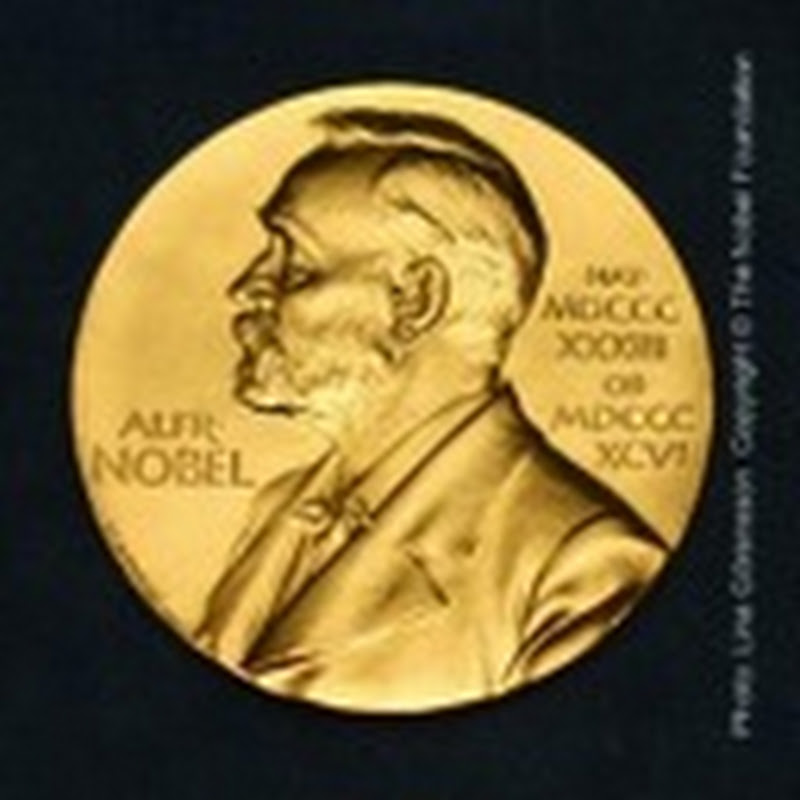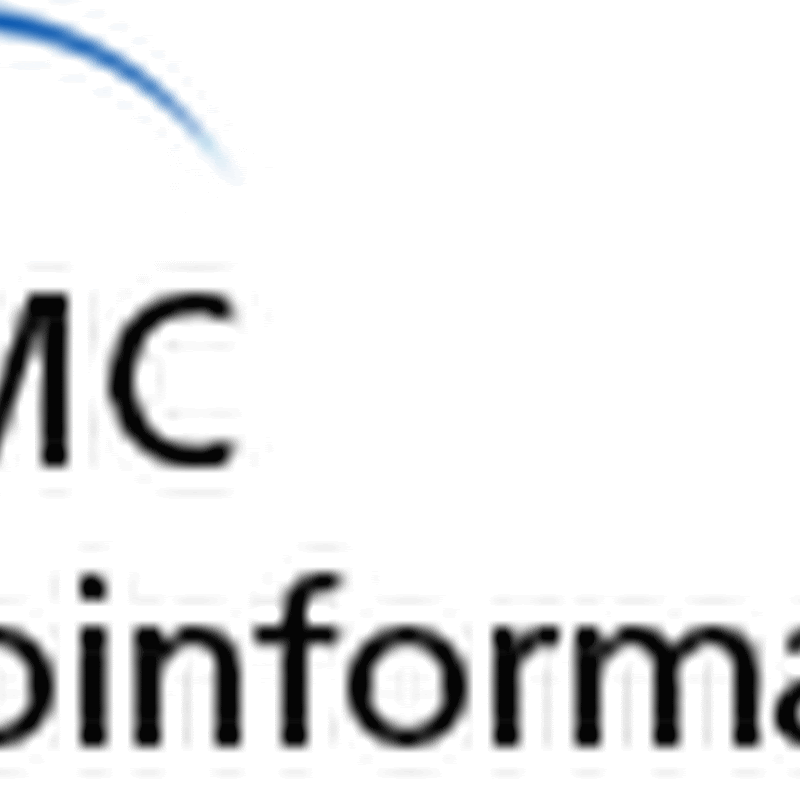
Ideas on measuring the "impact" of a natural history collection have been bubbling along, as reflected in recent comments on iPhylo, and some offline discussions I've been having with David Blackburn and Alan Resetar.My focus has been at the specimen-level, with a view to motivation the adoption of persistent specimen-level identifiers so that we can citations of specimens over time (e.g., in publications and databases such as GenBank). Not only
